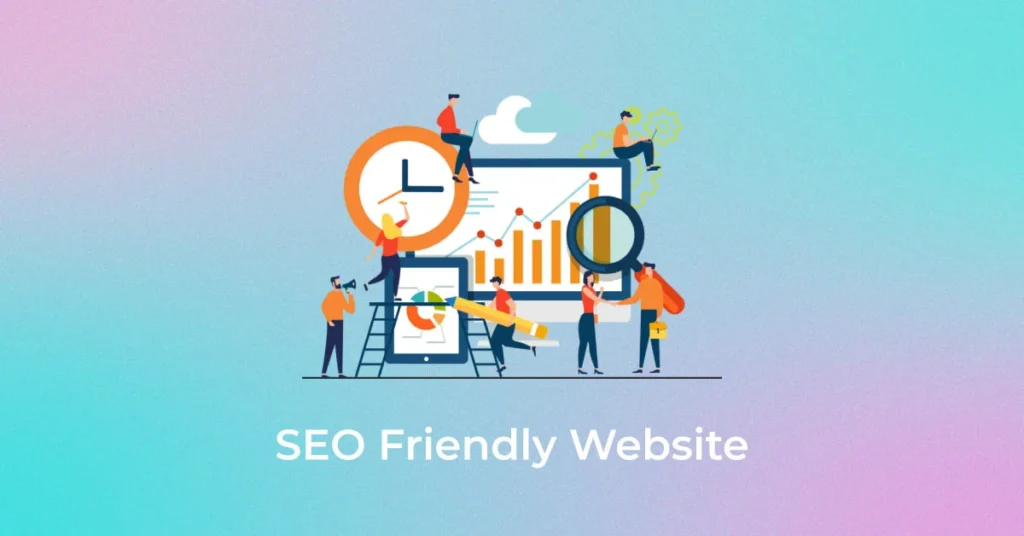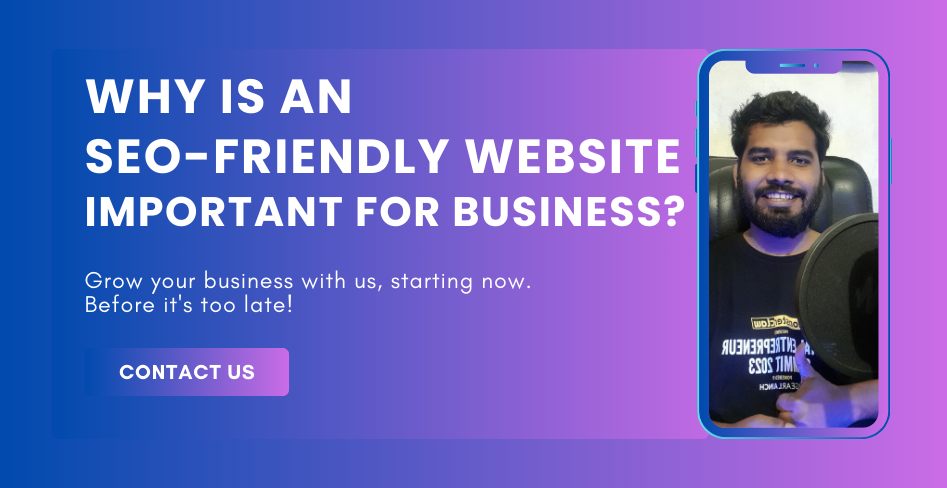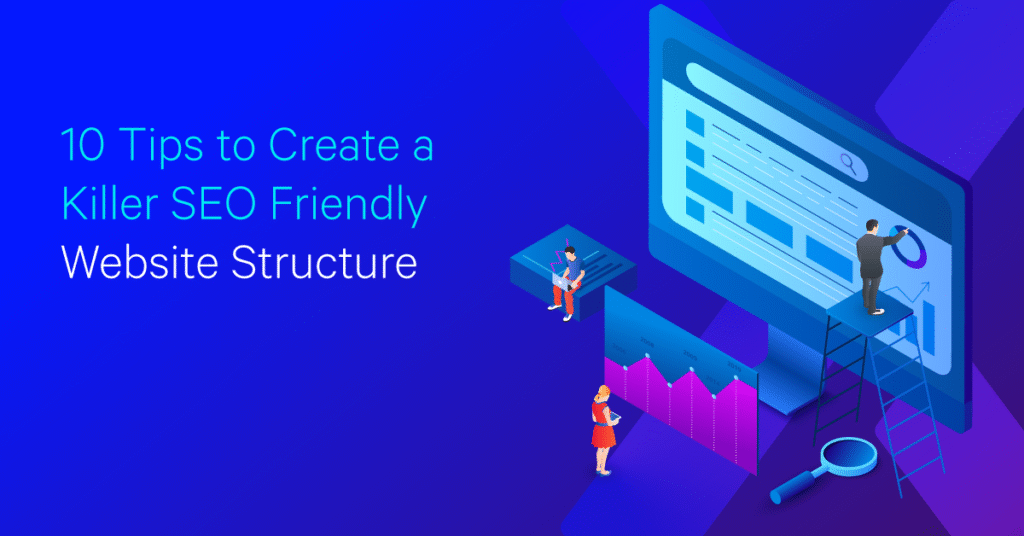In the digital era, simply having a website isn’t enough. If you want your business to thrive online, you need to ensure that your website is SEO-friendly. But what exactly does that mean? In essence, an SEO-friendly website is one that is optimized for search engines like Google, Bing, and Yahoo, ensuring your content ranks higher in search results. This visibility helps attract more visitors, generate leads, and build brand credibility. Search Engine Optimization (SEO) is the foundation of digital marketing, enabling businesses to reach their target audience organically and effectively.
As businesses across the globe continue to shift their focus to online platforms, the competition for digital space has grown more intense. Without an optimized website, even the best products or services may remain unnoticed. In this comprehensive guide, we’ll discuss what makes a website SEO-friendly, and share 10 essential tips to help your website rank better in search engine results pages (SERPs) in 2025 and beyond.
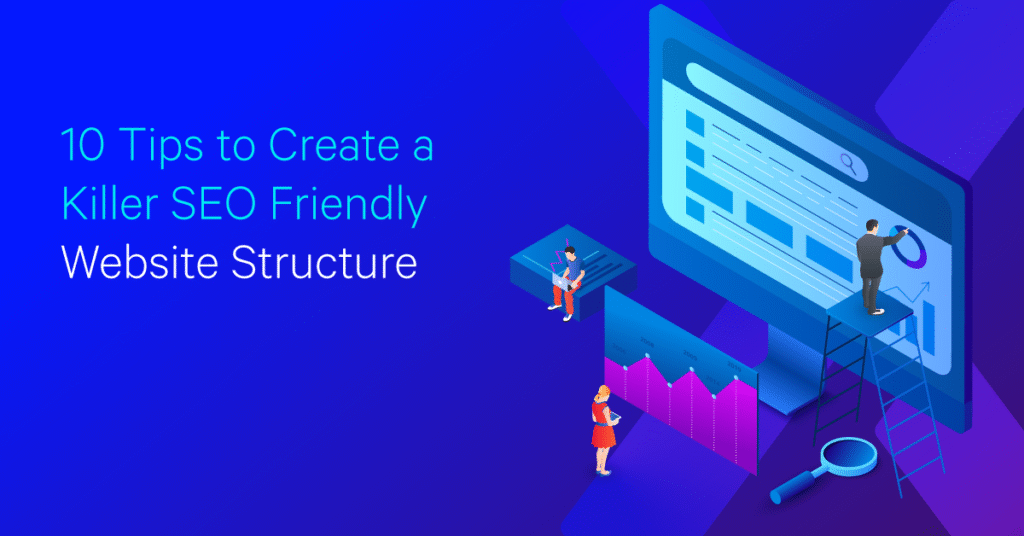
What Is an SEO-Friendly Website?
An SEO-friendly website is one that allows search engines to easily crawl, understand, and index its content. It follows best practices in terms of website structure, content quality, keyword usage, and technical optimization. It is designed not just for human users, but also for search engine bots that evaluate your content for relevance and authority. Features such as responsive design, clean code, fast loading speed, optimized images, and quality backlinks all contribute to a site’s SEO performance.
Moreover, an SEO-friendly website is user-centric. It provides a seamless browsing experience across devices, maintains a logical structure, offers valuable content, and encourages engagement. The dual focus on user experience (UX) and technical optimization is what makes a website perform well both on search engines and with real visitors.
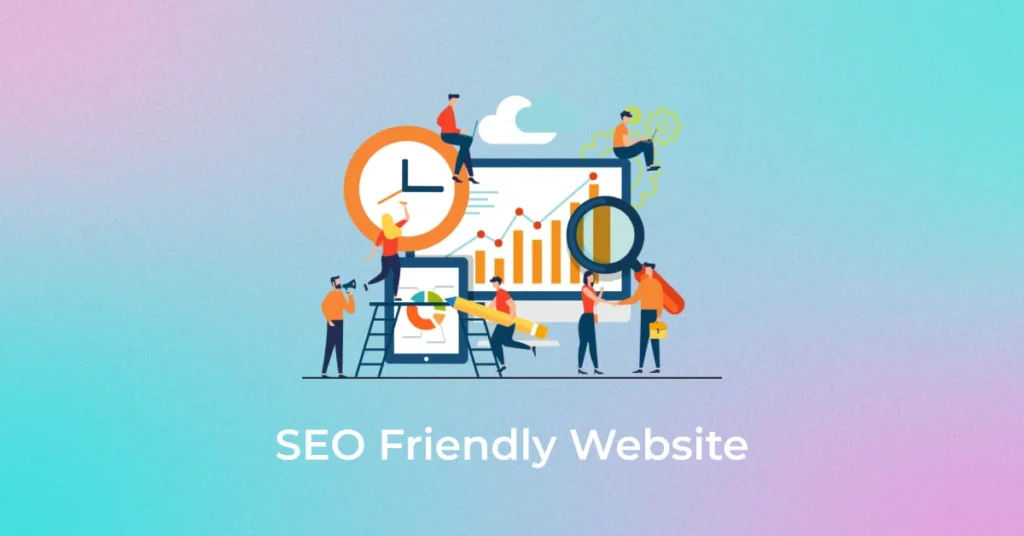
- Unique Titles and Meta Descriptions for Every Page
One of the most critical elements of on-page SEO is having unique meta titles and descriptions for each webpage. These snippets appear in search engine results and play a significant role in attracting clicks. A meta title should be concise (50–60 characters) and must include the primary keyword for the page. Meanwhile, the meta description (up to 160 characters) should summarize the page’s content persuasively and include relevant keywords to improve CTR (Click-Through Rate).
Search engines use these tags to determine a page’s relevancy to a search query. Repetitive or missing titles/descriptions can cause confusion for search bots and users alike, reducing the page’s ranking potential. Always customize these tags to reflect the specific topic and intent of the page.
- List Your Website in Google Business Profile (GBP)
For local businesses, visibility on Google Business Profile (formerly Google My Business) is a game-changer. By listing your business, including its website, contact details, address, working hours, and photos, you can improve your presence in local search results and Google Maps. This is especially helpful when users search for businesses “near me.”
Adding your website URL to GBP not only drives traffic but also boosts credibility and local SEO. Make sure your profile is updated regularly and encourage satisfied customers to leave reviews. These reviews enhance your trust score and influence how Google ranks your listing in local results.
- Use a Clean and Descriptive URL Structure
URLs are more than just web addresses—they are powerful SEO assets. A clean URL structure helps both search engines and users understand the page content. Ideally, a URL should be readable, lowercase, use hyphens instead of underscores, and include relevant keywords. For example, use www.yoursite.com/seo-tips instead of www.yoursite.com/page?id=123.
Avoid long strings of numbers, special characters, or unnecessary subfolders. A logical and organized URL hierarchy also improves site crawlability and enhances navigation. Furthermore, once URLs are set, avoid frequent changes unless absolutely necessary, as broken URLs can hurt your SEO performance.
- Run Strategic Social Media Campaigns
While social media signals are not direct ranking factors, social media marketing can amplify your website’s content and generate high-quality backlinks. Promoting blogs, videos, or product pages through platforms like Facebook, Instagram, LinkedIn, and Twitter increases visibility and encourages sharing, which can result in increased traffic and engagement.
Paid promotions, influencer collaborations, and retargeting ads on platforms like Meta (Facebook), Instagram, and Pinterest can direct users to your site. Tools like Facebook Dynamic Ads can automatically display previously viewed products to users, increasing the chances of conversion. Integrating social buttons on your pages can further facilitate content sharing and engagement.
- Use Keyword Research to Guide Content Strategy
Keyword research is the foundation of any successful SEO campaign. Using tools like Google Keyword Planner, Ahrefs, SEMrush, or Ubersuggest, you can discover what your target audience is searching for. Look for keywords with high search volume and moderate competition. Incorporate these keywords naturally into your headlines, meta tags, body content, and image alt text.
Avoid keyword stuffing—a practice where keywords are overused in content—which leads to poor user experience and penalties from search engines. Instead, aim for semantic relevance by including LSI (Latent Semantic Indexing) keywords and related phrases that support the main topic.
- Implement Header Tags Properly
Header tags (H1, H2, H3, etc.) are used to structure your content and signal its hierarchy to search engines. Every page should have one H1 tag (usually the page title) and multiple H2 or H3 tags to divide content into sections and subsections. Header tags improve readability and help crawlers understand the page’s structure.
For SEO purposes, include primary keywords in the H1 and H2 tags. Ensure the header hierarchy is consistent and logical. This not only benefits SEO but also improves the user experience by allowing visitors to scan and digest information quickly.
- Use Keyword-Rich Anchor Texts in Internal and External Links
Internal linking is crucial for distributing page authority and guiding users through your website. Use descriptive, keyword-rich anchor texts when linking between pages. Instead of using generic links like “click here,” opt for more relevant terms such as “download our SEO audit checklist.”
Similarly, when linking to external authoritative websites, ensure the anchor text accurately reflects the destination page. This builds trust and relevance in the eyes of search engines. However, avoid excessive linking, and ensure links open in new tabs so users stay on your site longer.
- Publish High-Quality, Unique Content
Original and valuable content is the backbone of SEO. Google prioritizes websites that regularly publish unique, in-depth, and useful content tailored to user intent. Whether it’s a blog, product description, FAQ section, or service page, the content must provide genuine value.
Duplicate or thin content not only fails to rank but can also attract penalties. Conduct content audits regularly to identify underperforming pages, update outdated information, and remove or consolidate similar pages. Use a consistent tone, formatting style, and language that resonates with your audience.
- Optimize Images for SEO
Images enhance visual appeal but can also affect loading speed and SEO. To make your images SEO-friendly:
Use descriptive file names with relevant keywords.
Compress image size without losing quality (use tools like TinyPNG or ImageOptim).
Add alt text to describe the image for accessibility and search bots.
Use WebP or next-gen formats for faster loading.
Consider including structured data for images, especially for product pages and recipes.
Fast-loading, optimized images contribute to a better user experience and higher search engine rankings.
- Use Google Tools to Monitor and Improve Performance
Google provides a suite of free tools that are indispensable for any SEO strategy:
Google Search Console: Monitor how your site performs in search results, track keyword rankings, fix crawl errors, and submit sitemaps.
Google Analytics: Analyze traffic sources, user behavior, bounce rates, and conversions to understand what’s working.
PageSpeed Insights: Identify loading issues and get suggestions for faster performance.
Google Tag Manager: Manage tracking codes without editing codebase.
These tools give you actionable insights that can drive continual improvements in SEO performance and user experience.
Why an SEO-Friendly Website Is Essential for Businesses
In an overcrowded digital marketplace, SEO is not optional—it’s a necessity. An SEO-friendly website ensures your content gets noticed by the right people at the right time. Here’s why every business must invest in SEO:
- Drives Targeted Traffic
SEO brings in organic traffic, meaning visitors actively searching for the products or services you offer. This results in higher intent and better conversion rates compared to passive outreach methods. - Builds Trust and Authority
Websites that rank on the first page of Google are seen as more trustworthy and credible. High search rankings imply relevance, quality, and reliability, which can influence purchase decisions. - Offers Long-Term ROI
While paid ads stop working once your budget runs out, SEO provides compounding returns. Well-optimized content can continue to attract traffic for months or years with minimal upkeep. - Enhances User Experience
An SEO-optimized site is fast, mobile-friendly, secure, and easy to navigate—all factors that contribute to a positive user experience and lower bounce rates. - Competitive Advantage
If your competitors are investing in SEO and you’re not, they’ll outrank you in search results, win more customers, and dominate your niche. By prioritizing SEO, you stay ahead of the curve.
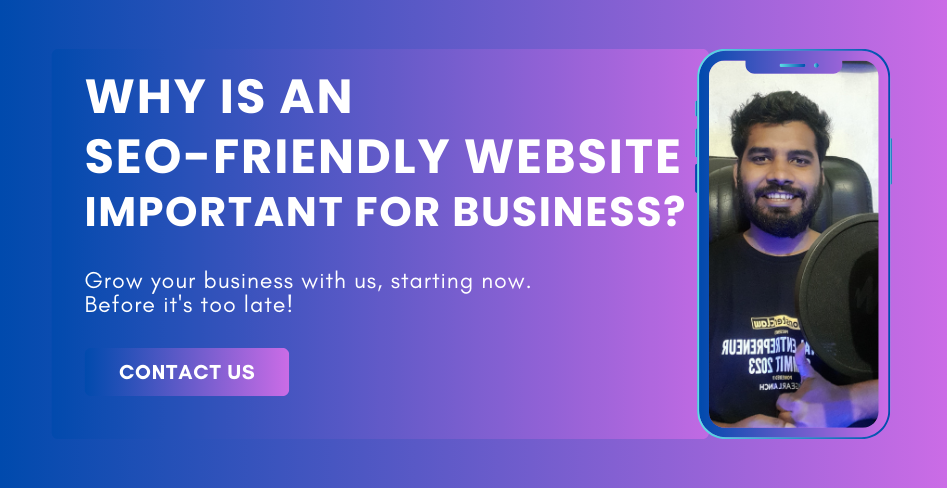
Final Thoughts
Creating an SEO-friendly website is a multifaceted process, but the benefits far outweigh the efforts. By implementing the ten tips outlined in this article—ranging from technical optimization to content creation and analytics—you can significantly improve your site’s visibility, performance, and engagement.
Remember, SEO is not a one-time activity. It requires continuous monitoring, content updates, and adherence to evolving search engine algorithms. Partnering with an experienced web design and SEO team can help you streamline this process, achieve your marketing goals, and build a strong digital presence in 2025 and beyond.
